Referat Geologie, Mineralogie, Sedimentologie
Paläontology
Information regarding research focus and projects can be found on the section´s webpage.
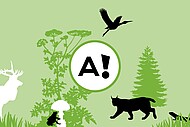
Species knowledge for everyone. The Karlsruhe Taxonomy Initiative
A new project started in autumn 2022: the "Karlsruher Taxonomy Initiative". The aim of the project is to strengthen education in the area of species knowledge and taxonomy of plants, fungi and animals in the region. It is...[more]
Plants, lichens and bryophytes in Baden-Württemberg - taxonomy, distribution and use
Research on native plants i is also a top priority for the Botany team at the SMNK. This work has contributed to scientific research in Baden-Württemberg for decades and is reflected in a large number of extensive...[more]
The Adelegg - flora, vegetation and ethnobotany of a central European mountain landscape
The Adelegg with a altitude of up to 1129 m and an area of 112 km² is a mountain landscape that is mainly wooded today. Parts of the Adelegg mountain ridge belong to the 6.4 km² Adelegg fauna-flora habitat area (FFH no....[more]
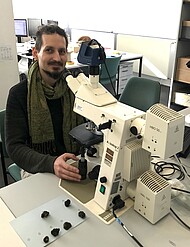
[Translate to english:] Monitoring und wissenschaftliche Auswertung von Biodiversität (Pilze) in den Schlossgärten Schwetzingen, Rastatt-Favorite und Weikersheim
[Translate to english:] In dem mykologischen Projekt in Kooperation mit Staatliche Schlösser und Gärten Baden-Württemberg (SSG), das wissenschaftlich von Dr. Markus Scholler vom SMNK geleitet wird, werden 200 ausgewählte...[more]
Amazon Spiders and Butterflies
An International Museum Fellowship of the German Federal Cultural Foundation allows us to reactivate an earlier cooperation between our museum and the Brazilian National Research Institution for Amazonia (INPA) in Manaus.[more]

Use Case Projekt ARAMOB im Konsortium NFDI4Biodiversity
ein Kooperationsprojekt des Karlsruher Naturkundemuseums und der Arachnologischen Gesellschaft[more]
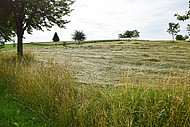
Stadt.Wiesen.Mensch
Ein Projekt der Forschungsabteilungen und der Vermittlung am Staatlichen Museum für Naturkunde Karlsruhe[more]
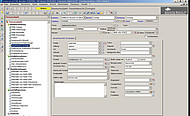
Digitizing the zoological collections
The fast development of information technology, database systems and the use of the Internet strongly facilitate the digitization and mobilisation of biological data, e.g. on the voucher specimens of museum collections and...[more]
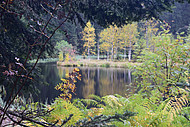
Inventarisierung der Spinnenfauna des Nationalparks Schwarzwald
inklusive gemeinsames Datenmanagement[more]
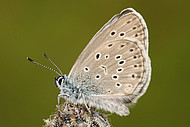
Schutzkonzepte für zwei obligat myrmekophile Schmetterlingsarten
Das Projekt befasst sich mit Bläulingen, deren Vorkommen in Baden-Württemberg stark bedroht sind und die im Raupenstadium besonders enge Beziehungen zu Ameisen eingehen (Myrmekophilie). Dabei wird vor allem die Lebensweise der...[more]
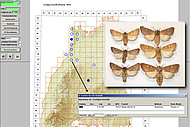
Schmetterlingsfauna Baden-Württembergs
Die Landesdatenbank Schmetterlinge Baden-Württembergs (LDS-BW) ist ein Kooperationsprojekt des Ressorts Lepidoptera im Referat Entomologie mit der Naturschutzverwaltung des Landes Baden-Württembergs (Landesanstalt für Umwelt,...[more]
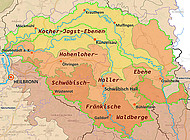
Bläulinge an Jagst und Kocher: Verbreitung, Ökologie, Schutz
In einem faunistisch bisher nur wenig untersuchten Gebiet, dem Bereich von Jagst und Kocher im Nordosten Baden-Württembergs, wurden zehn gefährdete Bläulingsarten im Hinblick auf ihre Verbreitung und ihre regionalen...[more]
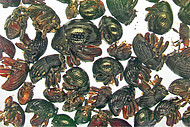
Systematics and evolution of the weevil genus Trigonopterus
The flightless weevil genus Trigonopterus Fauvel (Coleoptera, Curculionidae, Cryptorhynchinae) is extremely diverse in New Guinea, New Caledonia and the Pacific Islands. Currently, there exist 444 described species worldwide, but...[more]
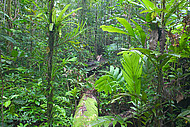
Weevils of the Papuan Region
New Guinea and its lesser surrounding islands harbour an extremely diverse yet little-explored weevil fauna (Curculionoidea). It is characterized by endemism on different hierarchic scales: most species occupy restricted areas...[more]







